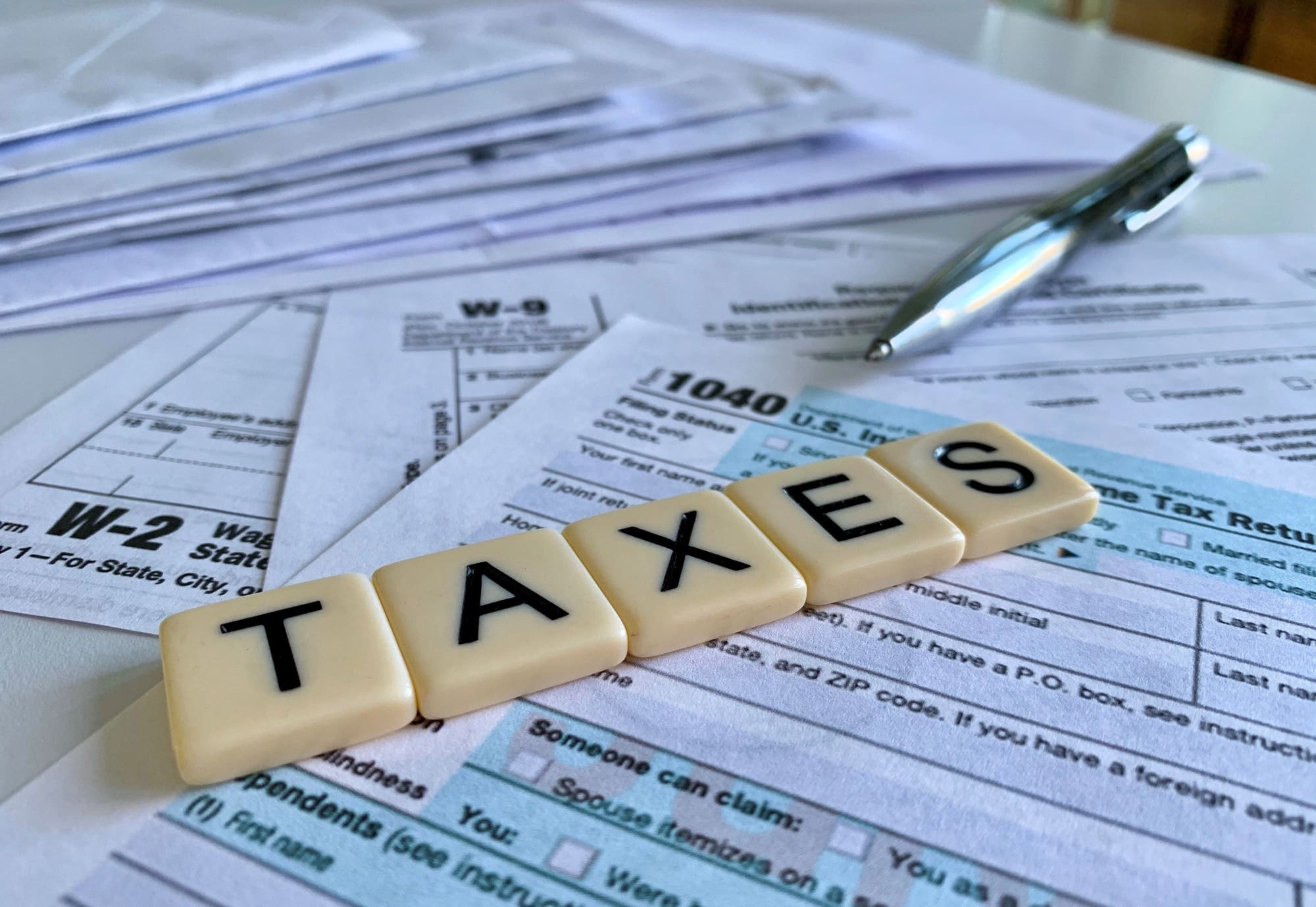Relief from capital gains tax on the home is extremely valuable and, although the rules are detailed and convoluted, they have generally been well understood by taxpayers. However, recent tax cases and legislative changes mean that it is always worth reviewing the position where more than one property is involved.
Where you have a single property and do not frequently move, you are probably in the uncontroversial ‘home alone’ territory and will usually qualify for main residence relief.
However, where you have more than one home, a couple of principles tend to dominate planning considerations.
Firstly, the property which is to be treated as your main residence is a question of fact unless you have made an election to nominate the property of your choice. Once an election has been made (there are two years from the acquisition of the second property in which to make the initial election) it can be varied at any time subsequently. Secondly, if a property has qualified at any time as a main residence, until 6 April 2014 the last 36 months of ownership qualify as an exempt period when calculating if there is any capital gains tax on a sale.
These two principles have traditionally been combined to minimise the tax payable on disposals of properties where they could be and actually have been used as your home. However, from April 2014, this final qualifying period reduces from 36 to 18 months which the Government no doubt believes will render the incentive to vary the election more marginal. The comparative values and gains on the properties will now determine whether that is a worthwhile proposition.
By the way, the 36 months relief will continue to apply to disabled people or those moving into care homes.
Importantly, there have been some recent decisions in the tax tribunals where the quality of the occupation of a property was examined and not found to be adequate to qualify as a main residence.
In the latest of these cases, the First-tier Tribunal could not support the appellant’s argument that occupation of a property for 25 days qualified as a residence for the purposes of capital gains tax main residence relief. It was found unsuited to the taxpayers family needs and that the occupation had no permanence, continuity or expectation of continuity.
The key point about this case and those preceding it is that it reiterates HMRC’s very sceptical position in relation to main residence relief claims which are related to short periods of occupation. The case highlights once again the importance of establishing clear evidence that a property is suitable to be used and will be used as a permanent home and not merely as a temporary stop-gap measure. It demonstrates that HMRC are understandably looking very carefully indeed at what is capable of being a main residence in the first place.


